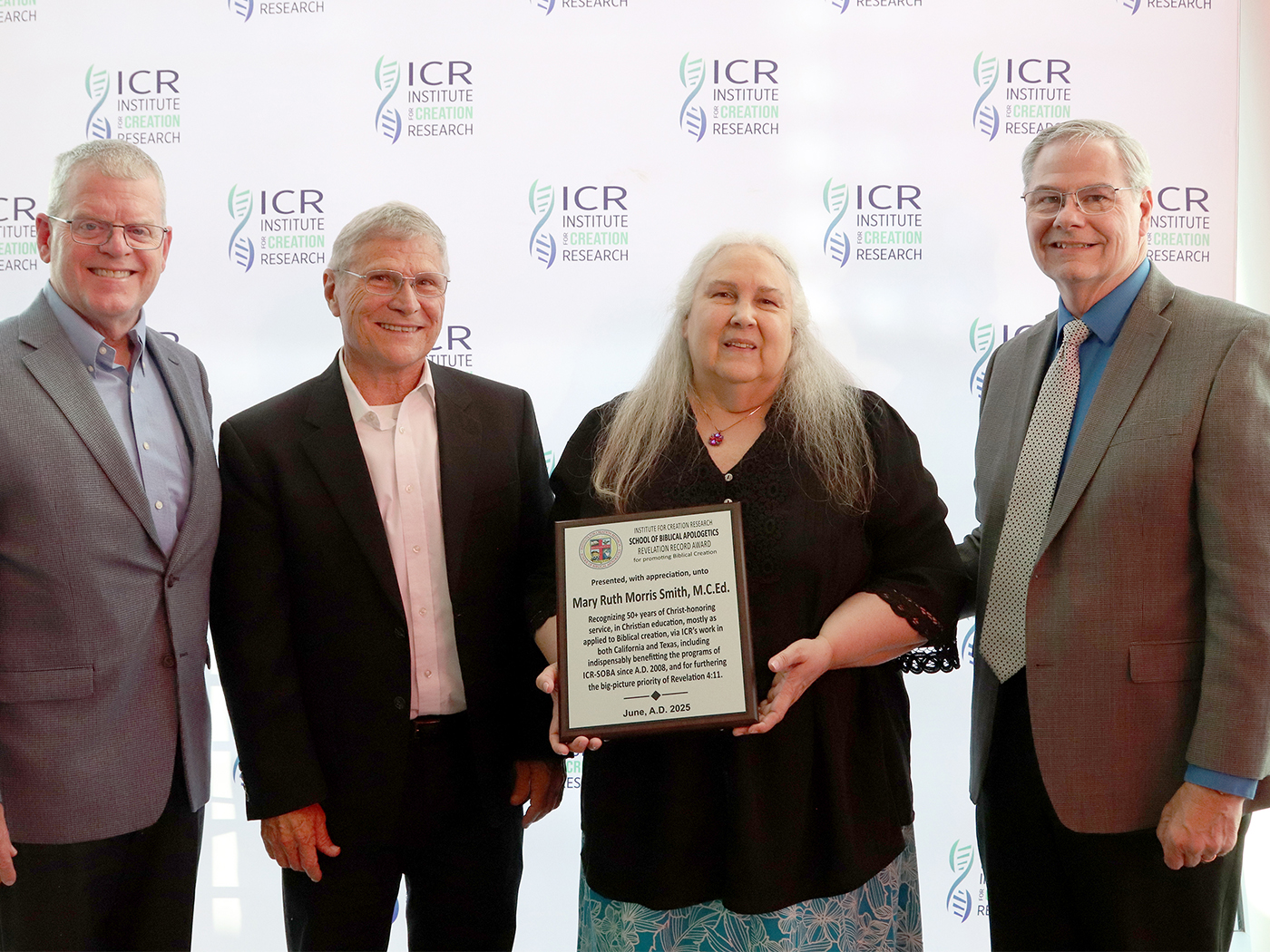It was once believed that the regions in between the protein-coding genes of the genome were wastelands of alleged nonfunctional “junk DNA.” However, we now know that these previously misunderstood regions are teeming with functional activity—and a new study shows they are actually required for life.1
The genome of humans and other animals is composed of more than just DNA sequences that produce proteins—there are also many other types of sequences that do not code for proteins. The non-protein-coding genes are diverse, with some being very short and others being quite long. In fact, the long non-coding RNAs (lncRNAs) are actually very similar to protein-coding genes in their regulation and genomic structure.2,3 These lncRNAs are found all over the genome, in between protein-coding genes as well as inside them. Some even overlap protein-coding sequences.
The many different types of lncRNAs researched have been shown to be involved in gene regulation, chromosome structure, protein production, and other cellular processes. In addition, a variety of new studies is also showing that lncRNAs are key players in development and disease. However, the specific nature of many lncRNAs has been difficult to fully ascertain even though their importance has been clearly correlated with many cellular processes and traits.2,3
In the extensive analysis of protein-coding genes over the past decade, researchers have bio-engineered strains of mice—called “knockout mice”—with artificially created mutations in specific genes. Because mammals like mice have two sets of chromosomes, one from the father and one from the mother, it is possible to mutate a single copy of a gene and perpetuate the mutation by carefully breeding the mice and studying the effects. To more fully examine the role of lncRNAs in growth and development, researchers are using this same technique to “knock out” specific lncRNAs genes one by one.
In this new study, researchers selected only lncRNAs found completely outside the genomic regions associated with protein-coding genes; these are called long intergenic noncoding RNAs, or lincRNAs (a subset of lncRNAs).1 They also carefully screened the lincRNAs to make sure that none of them associated with ribosomes (protein-producing machinery in the cell) to produce small proteins, which some lincRNAs do.4 Thus, the final set of 18 different lincRNAs were strictly non-coding RNAs that performed some sort of regulatory function. These were then used to create knockout mice for each lincRNA gene.
Three of the 18 lincRNA gene knockouts showed lethality and were associated with the development of important tissues in many different organs, including lungs, heart, testes, thymus, stomach, colon, and brain. One lincRNA gene was shown to be a key regulator of the earliest stages of embryo development before any organs are even visible. Other lincRNA mutants were not lethal but still caused severe growth and developmental problems, including difficulties in the early stages of brain formation.
While many evolutionist naysayers have tried to play down the recent discoveries of pervasive genome functionality, their task is clearly becoming much more difficult as research progresses. Interestingly, the critics of pervasive genome functionality are those who are typically sitting on the sidelines in the evolution vs. creation argument and are not the real players doing the research. Widespread functionality in the genome is not the result of random mutational processes but instead comes from intelligent design and complex engineering. Even little mice bear witness to this fact.
References
- Sauvageau, M. et al. 2013. Multiple knockout mouse models reveal lincRNAs are required for life and brain development. eLife. 2: e01749.
- Rinn, J. L. and H. Y. Chang. 2012. Genome regulation by long noncoding RNAs. Annual Review of Biochemistry. 81: 145-66.
- Clark, M. B. et al. 2013. The dark matter rises: the expanding world of regulatory RNAs. Essays in Biochemistry. 54: 1-16.
- Tomkins, J. 'smORFs': Functional Little Genome Gems Confront Evolution. Creation Science Update. Posted on October 14, 2013, accessed January 9, 2014.
* Dr. Tomkins is Research Associate at the Institute for Creation Research and received his Ph.D. in genetics from Clemson University.
Article posted on January 15, 2014.












